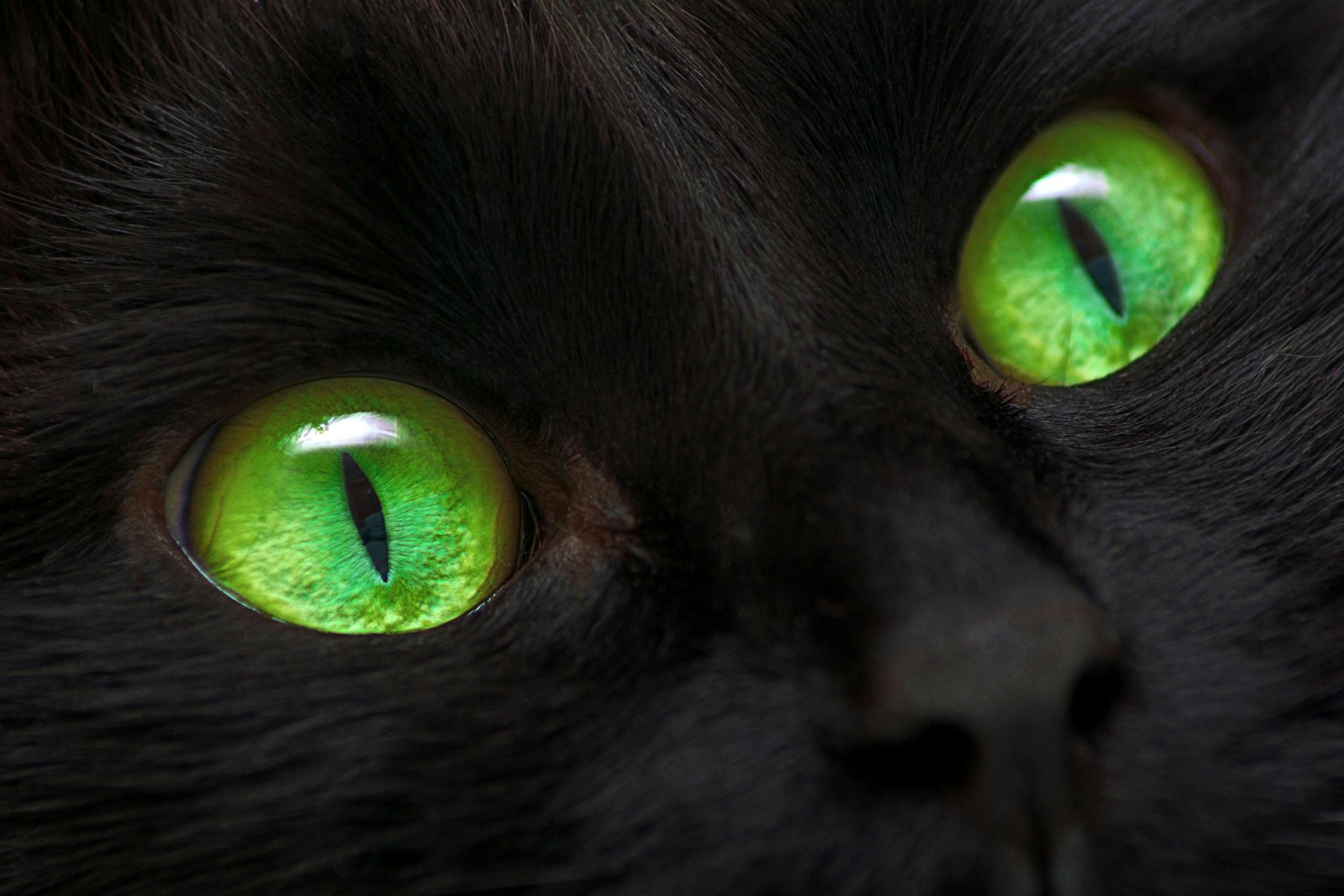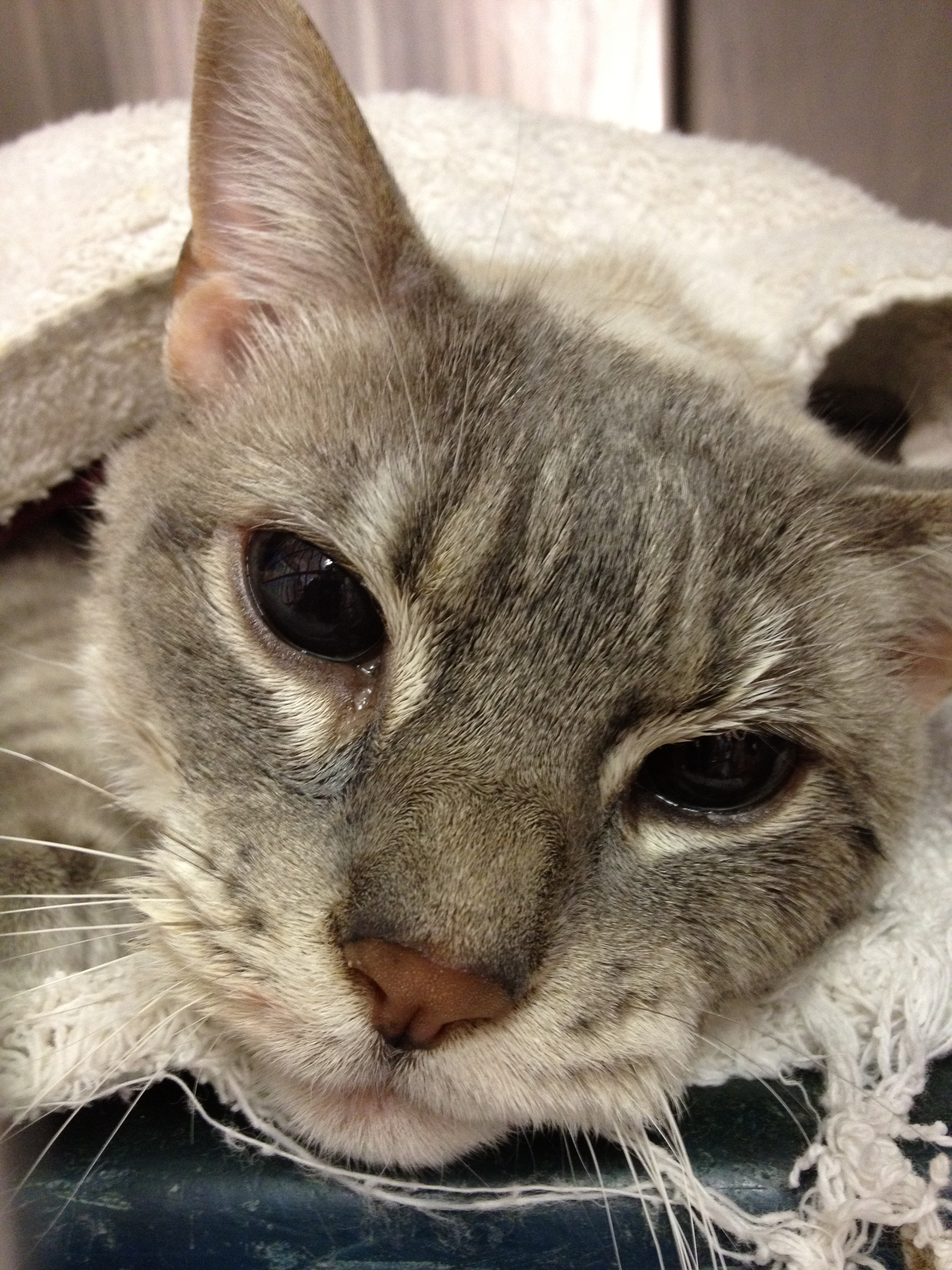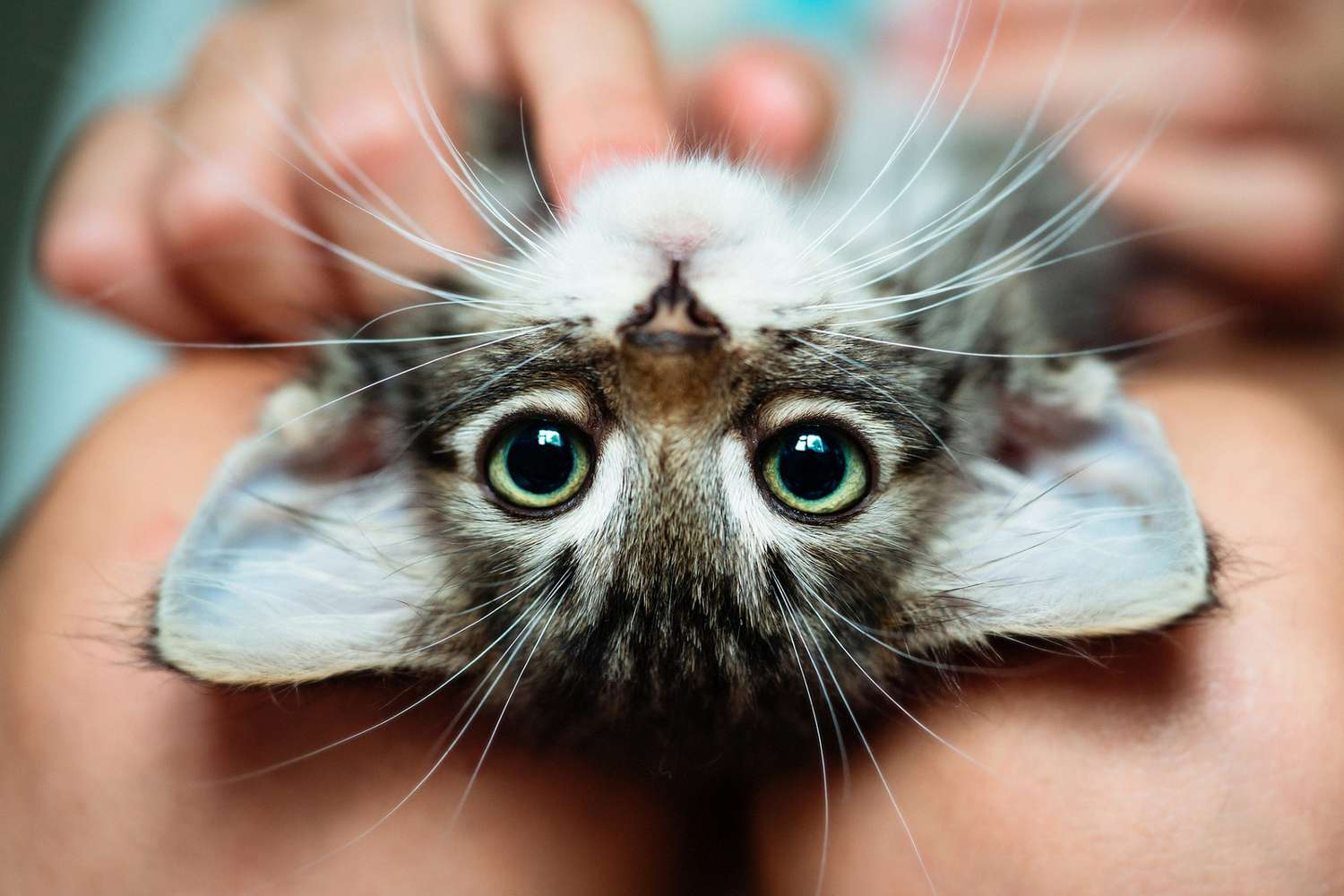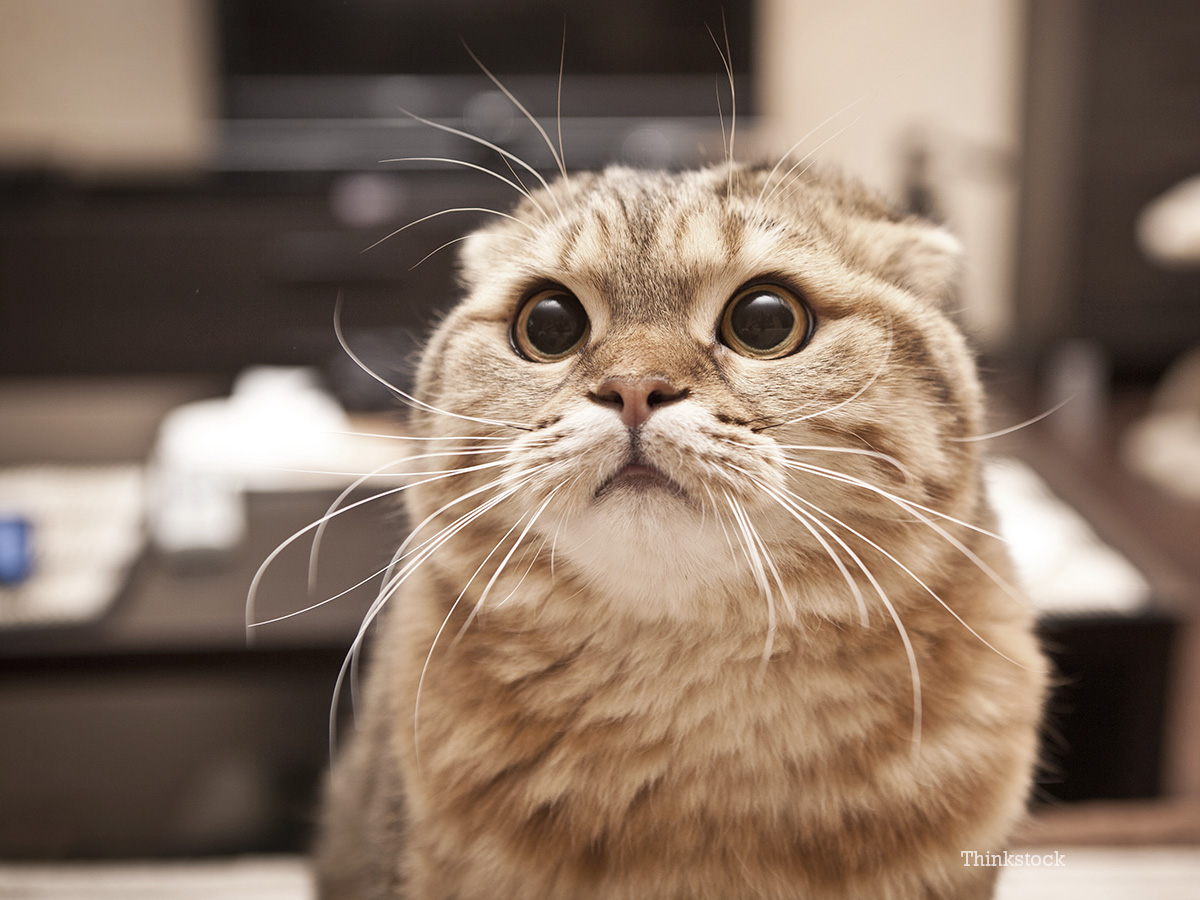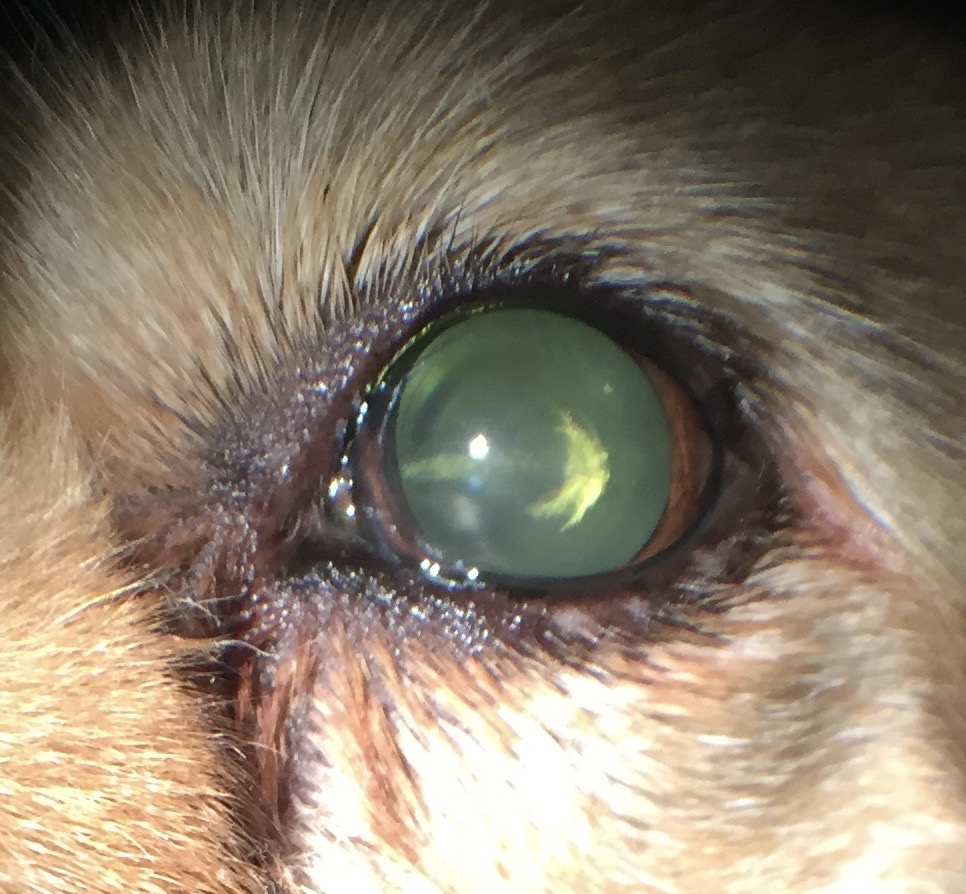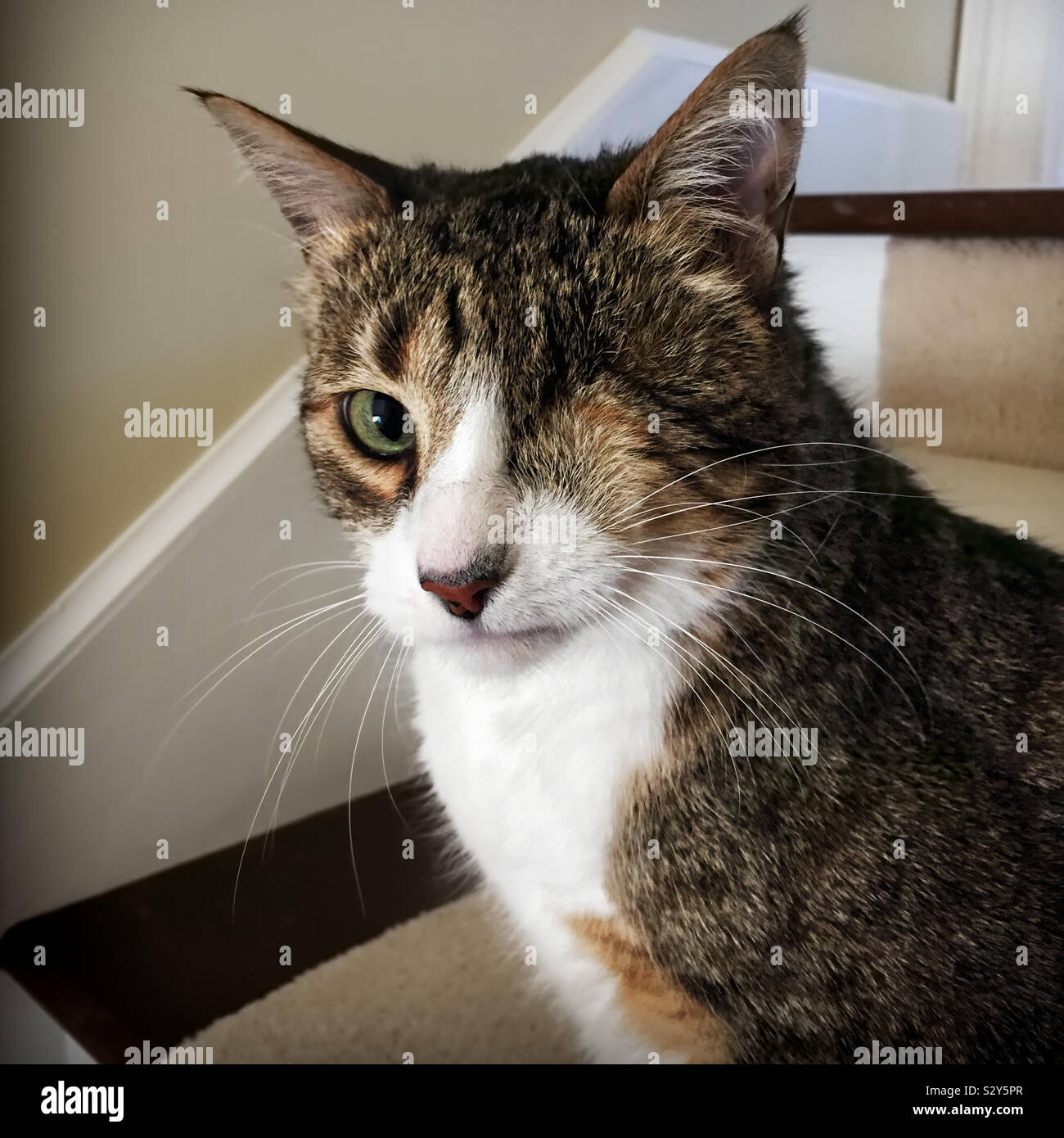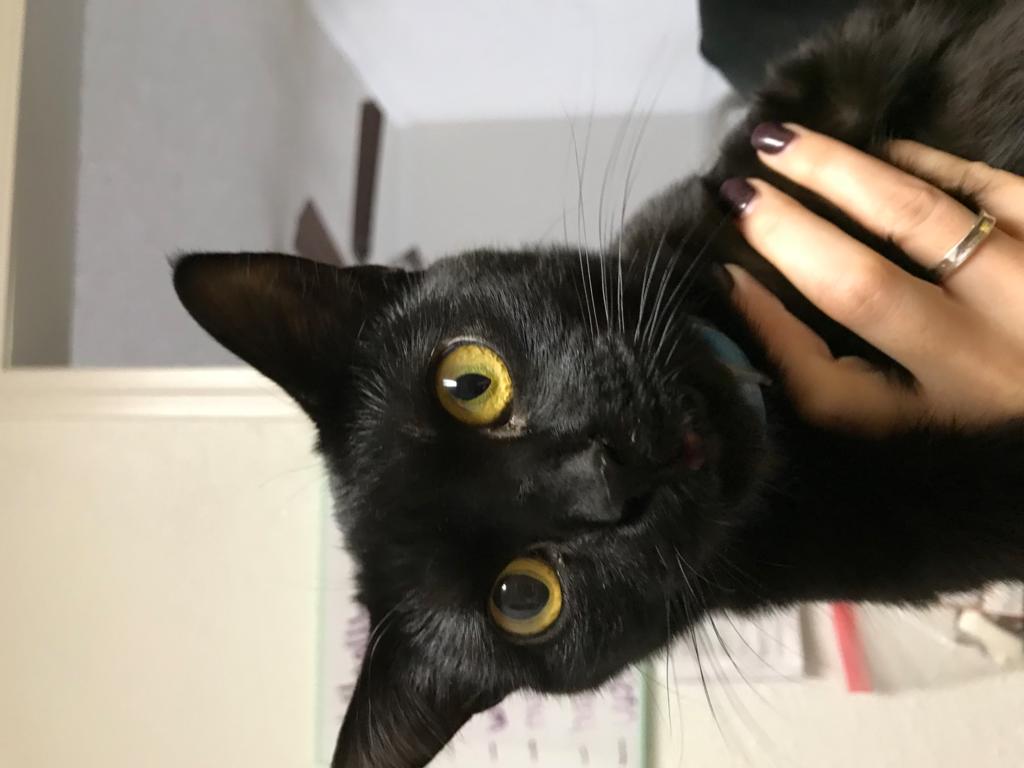Cats Eyes Dilated After Anesthesia
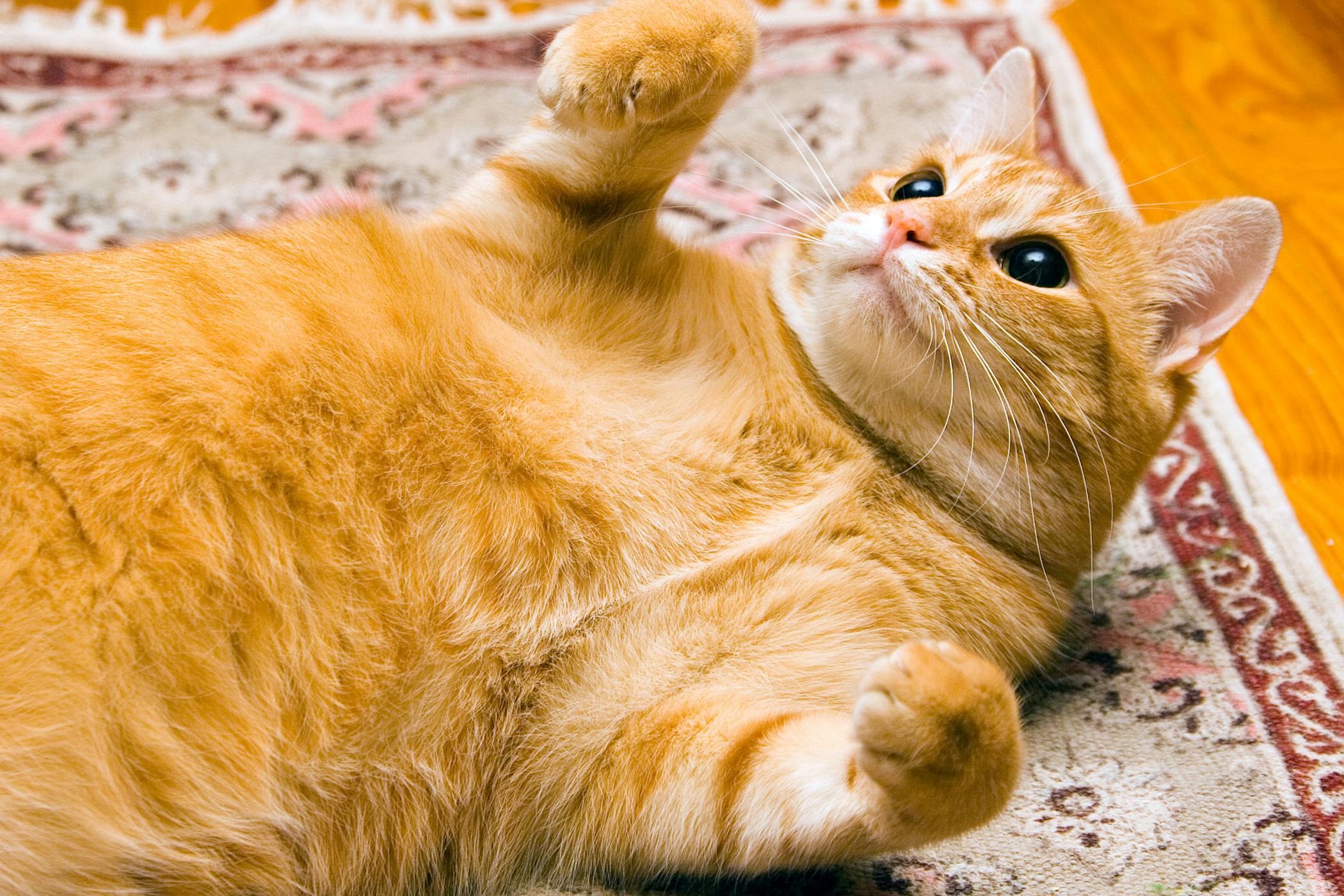
Hypotension hypothermia and hyperthermia are three of the most commonly observed complications in cats following anesthesia.
Cats eyes dilated after anesthesia. He or she may seem drowsy. Anesthesia can also be administered locally to numb a specific area or part of the bodysuch as a tooth area of the skin or the. I have a question about the safety of isoflorine gas when used on cats specifically a kitten of 4 months.
I am currently fostering a 4-month-old litter of 4 kittens for a local humane society. If the cat was truly normal for the two days after the anesthesiayour vets will probably start looking for infectious type problems that would take advantage of the suppressed immune system during anesthesia. Injuries and infections can make your cat squint one eye or keep it half closed.
If your pet is a cat let the cat come out of the carrier on her own. These are usual reactions when the pet is coming out of anesthesia. In addition to enlarged pupils Key Gaskell has a long list of symptoms including avoidance of light vomiting diarrhea straining to urinate coughing.
In cats the pupil is an elliptically-shaped opening in the middle of the iris that allows light to pass through the eye to the retina. It can result in signs such as watery eyes discharge redness rubbing blinking excessively and a showing third eyelid. I believe it was around 3 pm yesterday i left her at the office around 3pm and i picked her up around 5 pm she did drink a lot and she ate a little no discharges just a little redness around her eyes they wanted to take dna samples to test for herpes virus because she had sneezing and some mucus and a respiratory infection las year in octber.
Sometimes the feline will shut or rub the eye to protect it and relieve pain. The pupil constricts or dilates enlarges according to the amount of light that enters the eyes with both pupils normally dilating in dim light and constricting in bright light. The two cats were spayed within a few minutes of each other.
Both pupils should be equal in size and when looked at with a bright light they should both constrict quickly. Key-Gaskell tends to affect cats younger than three years old and has no known cause. Heres how to read the meaning of your cats eyes.


/close-up-of-a-lazy-cat-618694790-587e55495f9b584db3f2b71e.jpg)

